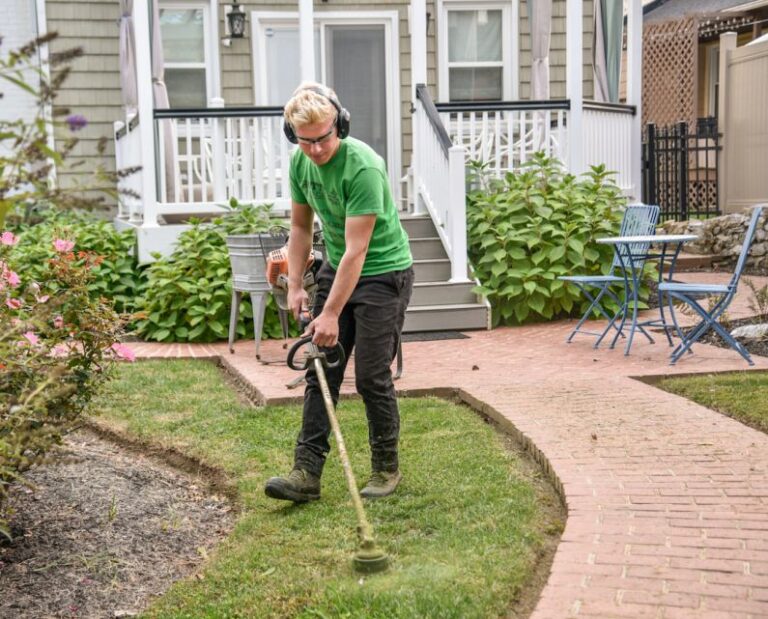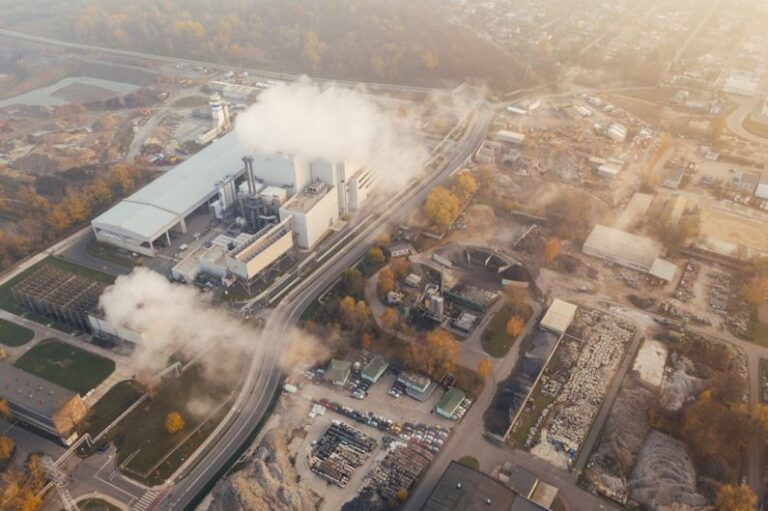
Green homes have become increasingly popular in recent years, as more and more people are becoming aware of the importance of environmentally friendly living. From energy-efficient appliances to sustainable building materials, there are numerous ways to make a home more eco-friendly. However, one aspect that is often overlooked but crucial in creating a truly green home is indoor air quality. The air we breathe inside our homes can have a significant impact on our health and well-being. In this article, we will explore why indoor air quality is essential for green homes and how it can be improved.
### The Impact of Indoor Air Quality on Health
Indoor air quality refers to the cleanliness and freshness of the air inside a building. Poor indoor air quality can lead to a range of health issues, including respiratory problems, allergies, and even more severe conditions such as asthma. In green homes, where the focus is on creating a healthy and sustainable living environment, ensuring good indoor air quality is paramount.
### Sources of Indoor Air Pollution
There are various sources of indoor air pollution that can affect the air quality in our homes. These include volatile organic compounds (VOCs) emitted by household products, such as cleaning agents and paints, as well as allergens like dust mites and pet dander. Inadequate ventilation can also contribute to poor indoor air quality by trapping pollutants inside the home. By being mindful of these sources, homeowners can take steps to reduce their impact on indoor air quality.
### The Importance of Ventilation
Proper ventilation is essential for maintaining good indoor air quality in green homes. Ventilation helps to remove pollutants from the air and bring in fresh outdoor air, reducing the concentration of harmful substances inside the home. In green homes, energy-efficient ventilation systems can be installed to ensure optimal air circulation without compromising energy efficiency. By investing in high-quality ventilation systems, homeowners can significantly improve the indoor air quality of their homes.
### Choosing Eco-Friendly Building Materials
When designing and constructing a green home, the choice of building materials can have a significant impact on indoor air quality. Many conventional building materials contain harmful chemicals that can off-gas and pollute the indoor air. By opting for eco-friendly and low-emission materials, such as formaldehyde-free insulation and zero-VOC paints, homeowners can create a healthier living environment for themselves and their families. These materials not only improve indoor air quality but also contribute to the overall sustainability of the home.
### Monitoring Indoor Air Quality
Regularly monitoring indoor air quality is essential for maintaining a healthy living environment in green homes. Homeowners can use air quality monitors to track the levels of pollutants in the air and take appropriate measures if necessary. By staying informed about indoor air quality, homeowners can identify potential issues early on and address them before they escalate. This proactive approach can help ensure that the air inside the home remains clean and safe for occupants.
### The Connection Between Indoor Air Quality and Energy Efficiency
Indoor air quality and energy efficiency are closely interconnected in green homes. Improving indoor air quality can actually enhance the energy efficiency of a home by reducing the need for excessive heating or cooling. By properly sealing and insulating the home, homeowners can prevent outdoor pollutants from entering and maintain a consistent indoor environment. This not only benefits the health of occupants but also helps reduce energy consumption and lower utility bills.
### Enhancing Indoor Air Quality for a Healthier Home
In conclusion, indoor air quality plays a crucial role in creating green homes that are healthy, sustainable, and comfortable to live in. By addressing sources of indoor air pollution, ensuring proper ventilation, choosing eco-friendly building materials, and monitoring air quality, homeowners can significantly improve the quality of the air inside their homes. Investing in indoor air quality is not only beneficial for the health and well-being of occupants but also aligns with the principles of green living. By prioritizing indoor air quality, homeowners can create a truly green home that promotes a healthier lifestyle for themselves and future generations.





